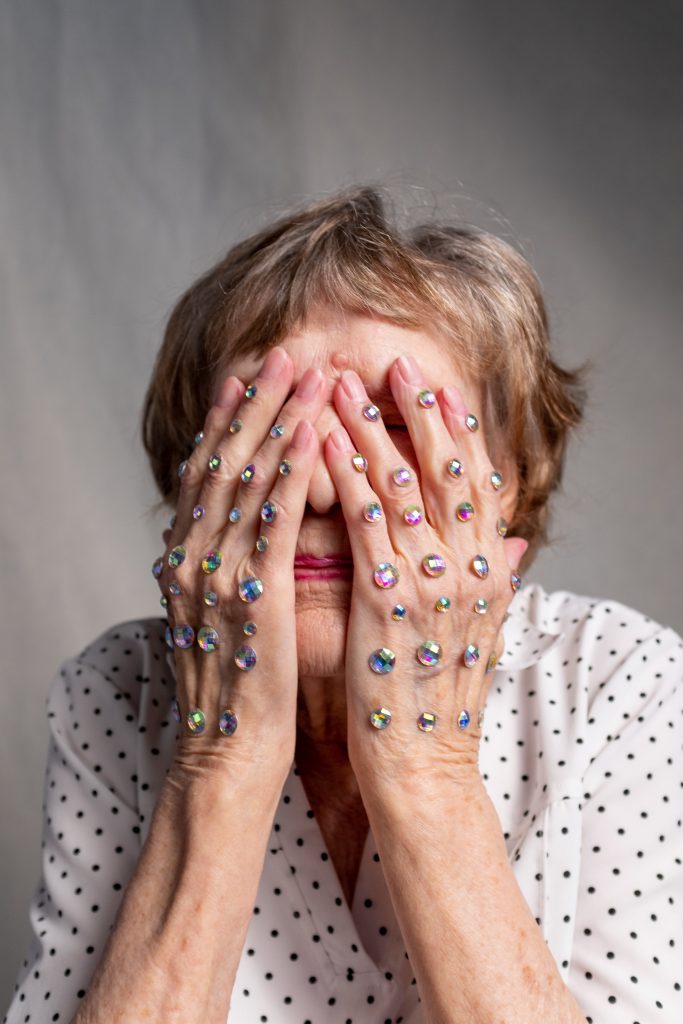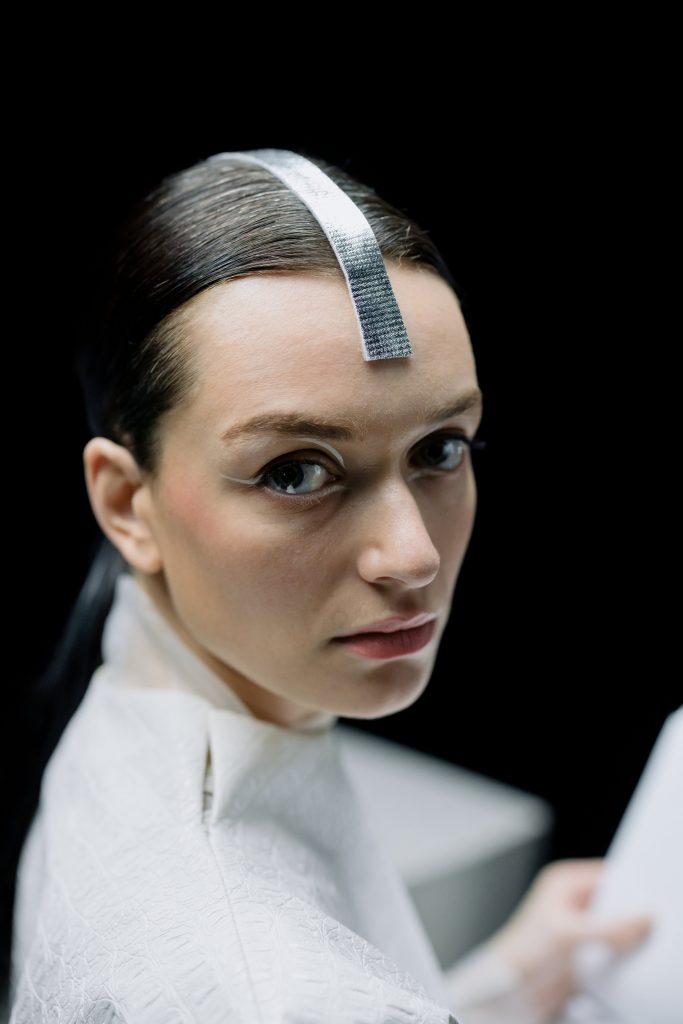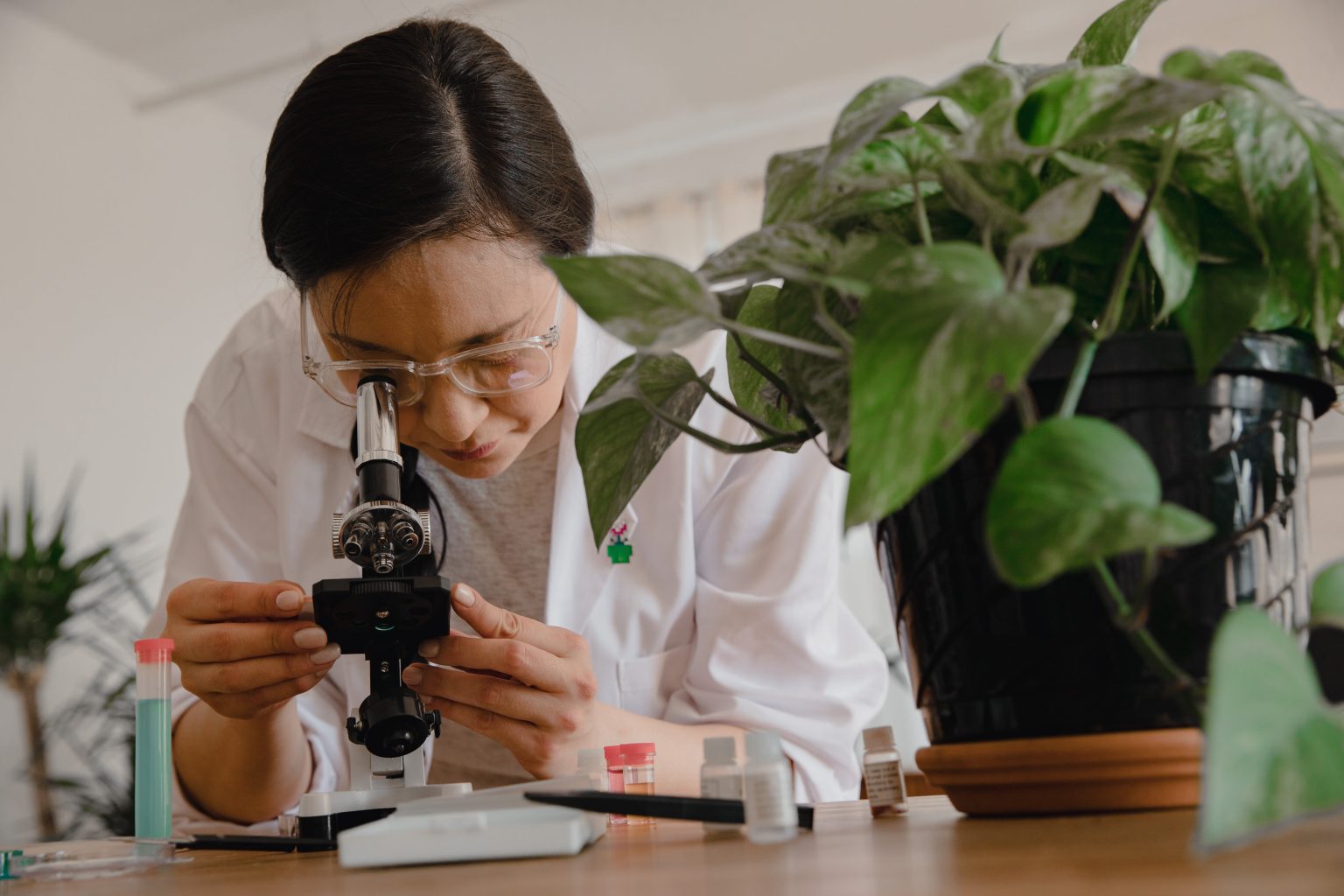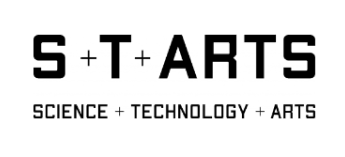Scenario 3: Soil Skinships: Soil Fertility and Our Reproductive Futures
by Lisa Mandemaker
#Wearable Devices #Regenerative Agriculture #Precision Farming #Soil Monitoring #Sensors #Soil Health #Real-time Data Collection #Human-Soil Bond
Here you can explore in detail the future scenario. Opportunities describe a potential for innovation that this scenario unfolds, considering specific technologies, context of application and industry. Scenario narrative gives a description of the scenario provided by the artist. You can also watch a Video to dive into the future world of the scenario, where the artist will guide you through. Trends of the scenario explore the current trends and developments on which the scenario is based. And finally Elements of the scenario provide artifacts, objects, personas and other elements from the future to immerse and discover the scenario.
OPPORTUNITIES
There are opportunities for companies working with wearable technology that can develop devices capable of integrating with human skin to sense and communicate soil health and fertility, companies specializing in augmented reality that can create experiences allowing individuals to visualize and feel their connection with the land and its rhythms; companies developing precision agriculture tools that align closely with the natural cycles of the land, minimizing environmental impact and enhancing biodiversity; lifestyle brands that align with the principles of inclusivity, diversity, and harmonious coexistence with nature, potentially offering products or experiences that enhance the human-soil bond.
SCENARIO NARRATIVE
In the year 2034, a transformative shift in human consciousness has reshaped the way we interact with our planet and envision our future. The narrative of human existence, deeply intertwined with the soil, has taken center stage.
In this new reality, ‘skinship’ symbolizes the intimate bond between human skin and the Earth’s skin, the soil. It marks a departure from the Anthropocene era towards a more harmonious coexistence. This shift was catalyzed by crises that forced us to reevaluate our priorities, moving away from short-term thinking and nationalism. Instead, inclusivity, diverse perspectives, and technology as a connector with nature guided our path.
Advanced technological augmentation devices, seamlessly integrated with human skin, allow people to connect intimately with the land. These devices collect real-time data about soil health and fertility, translating it into physical sensations that wearers can feel. Communities adopt rituals that harmonize with the rhythms of the land, empowering individuals to understand their own personal fertility in sync with the Earth. The rise of In Vitro Gametogenesis (IVG) technology, allowing the creation of human reproductive cells from human skin cells, further deepens this bond. Some pioneers even started to explore the idea of ‘genetic babies’ with the Earth, envisioning offspring inextricably linked to the soil.
This transformative narrative extends beyond human reproduction; it revolutionizes food production, shifting from conventional to regenerative practices. Augmentation devices contribute to a global network of soil health monitoring, creating a harmonious cycle where the Earth’s skin’s well-being sustains humanity.
In this possible future, survival is a collaborative effort, a testament to the resilience of communities navigating the delicate balance between human and soil fertility. ‘Skinship’ emerges as a symbol of unity, emphasizing the physical bonds between human life and the living, breathing skin of the Earth.
VIDEO
TRENDS OF THE SCENARIO
More-than-human centered design
More-than-human-centered design represents a paradigm shift in design thinking, extending its focus beyond human needs to encompass the broader ecological and environmental contexts in which we exist. This approach recognizes the intricate interdependencies between humans and other elements of our ecosystem, including animals, plants, and inanimate entities like soil and water. By considering the needs and perspectives of non-human actors, more-than-human design fosters a holistic, empathetic, and sustainable approach to problem-solving. This design philosophy is made tangible in the “Soil Skinships” scenario. It reimagines our relationship with soil, not merely as a resource but as a living, integral part of our existence. This trend underpins the development of technologies and practices that nurture the symbiotic relationship between soil fertility and human well-being, embodying a future where design transcends human-centricity to embrace a more inclusive, ecological perspective.
Sustainability and regeneration
The trend of sustainability and regeneration represents a paradigm shift in how we approach environmental challenges and the future of our planet. While sustainability has traditionally focused on minimizing harm and maintaining an ecological balance, regeneration goes a step further. It aims to replenish and restore what has been lost, creating economies and communities that not only coexist but thrive alongside a flourishing planet. This concept of sustainable regeneration implies a proactive approach to healing environmental, economic, and social wounds, rather than just offsetting or mitigating damage. The Soil Skinship scenario envisions a future where technological advancements and cultural shifts lead to a mutualistic existence, embodying the essence of regeneration – not just sustaining what we have, but actively restoring and enhancing it for future generations.
Feminist values and post-human thinking
Feminist values and post-human thinking represents a progressive trend where feminist principles intersect with post-humanist ideologies, challenging traditional notions of humanity and nature. This trend, deeply embedded in the scenario ‘Soil Skinships in the Symbiocene,’ advocates for an equitable and symbiotic relationship between humans and the environment. It transcends anthropocentric views, emphasizing a holistic connection with the Earth’s ecosystems. Feminist values bring a critical perspective on patriarchal and colonial legacies in resource exploitation, including soil degradation and reproductive rights. Post-human thinking, meanwhile, extends ethical considerations beyond human-centric concerns, advocating for the intrinsic value of all life forms and their interdependencies. This trend underpins the scenario’s vision of a future where nurturing soil health and human fertility are intertwined, driven by technologies and rituals that embody mutual respect and care for both the Earth and its inhabitants.
Inclusivity and equality
Inclusivity and equality have become guiding principles in various spheres of life, reflecting a collective aspiration towards a more equitable society. This trend is characterized by an increased awareness and action towards embracing diversity in race, gender, sexual orientation, and abilities, seeking to dismantle long-standing barriers of discrimination and privilege. This contemporary focus on inclusivity and equality serves as a foundation for the future scenario described in “Soil Skinships”. In this envisioned future, these principles expand beyond human interactions, fostering a deep, symbiotic relationship between humanity and the Earth. The principles of inclusivity and equality are reimagined to encompass our relationship with the environment, advocating for a harmonious and respectful coexistence with the Earth’s natural systems. This transition reflects an evolved understanding of equality, extending the ethos of care and respect to the planet, crucial for the sustainability of future generations.
Augmented embodiment (immersive experiences)
Augmented embodiment and immersive experiences represent a cutting-edge trend where technology extends and enhances human physicality and sensory experiences, deeply immersing individuals in their environments. In the “Soil Skinships” scenario, this trend materializes through advanced augmentation devices integrated with human skin. These devices not only enable a profound, tactile connection with the Earth’s soil but also provide real-time feedback on its health and fertility. This symbiotic interaction fosters a unique understanding and appreciation of the earth, blurring the lines between the human body and the natural world. By physically feeling the state of the soil and aligning it with their own health and reproductive capacities, individuals experience an unprecedented level of immersion in their ecosystem, embodying a future where human well-being is inextricably linked to the health of our planet. This trend encapsulates a transformative approach to environmental stewardship and sustainable living, rooted in a deep, sensory connection with the Earth.
ELEMENTS OF THE FUTURE SCENARIO
The Midwife Gardener
The Midwife Gardener embodies the fusion of ancient (Indigenous) wisdom and a commitment to the shared destiny of humanity and the soil. Their primary role is to guide and support individuals and communities through the journey of fertility, from the intimate connections of menstrual cycles to the transformative processes of IVG. They interpret the data and sensations transmitted by the augmentation devices, providing personalized insights into both soil and human fertility.
The Underground Senstronaut
The Underground Senstronaut is a cyborg and an environmental activist embodying a revolutionary spirit. They are pioneers in adopting and creating public awareness about the creation and usage of augmentation devices. . By leveraging their technology and their hacking skills for an intimate relationship with the soil they advocate for sustainable living and environmental responsibility.


The Planetary Dermatologist
The Planetary Dermatologist has a background in ecology and dermatology. At the core of their philosophy is the value of transdisciplinary collaboration. They believe in the power of bringing together diverse perspectives—ecologists, dermatologists, technologists, and community advocates—to address the complex challenges posed by soil degradation and its implications for our futures. The Planetary Dermatologist actively promotes collaborative initiatives that blend scientific research with practical solutions, understanding that the health of the Earth’s skin requires a holistic and integrated approach.
Augmentation devices
Supported by advanced technological augmentation devices, sophisticated sensors, and implantable devices, people become intimately connected with the land beneath their feet. When in contact with the soil, it collects real-time data about its nutrients, health, and fertility. This data is translated into physical sensations that the wearer can feel. These can be comfortable sensations when in balance but can also feel uncomfortable, like simulated menstrual cramps. The devices also collect data and provide personalized insights into personal reproductive health. Balancing the different outputs takes active engagement, learning, and understanding.


Socio-political transformation leading to this future scenario.
The transformation leading to this future was guided by principles of inclusivity, diverse perspectives, and technology as a force for connecting with nature and promoting regeneration. Preceding this shift in 2034, conservative far-right political parties held sway. Their focus on short-term thinking, nationalist nostalgia, stringent border policies, and denial of the climate crisis created a blind spot for addressing global challenges beyond their borders. Various crises, including military conflicts, technology disruptions, and failed harvests, ultimately resulted in severe food scarcity affecting most Western regions. The aftermath of this crisis prompted a significant shift in perspectives regarding food security, soil health, and technological advancements.

AMBIENCE OF THE SCENARIO:


